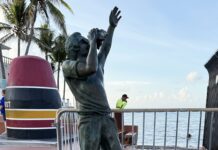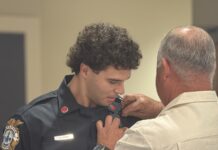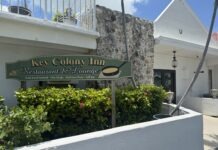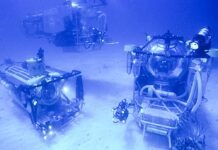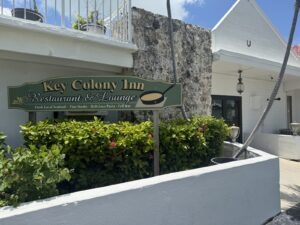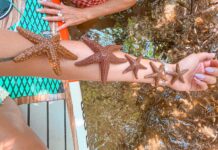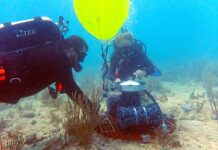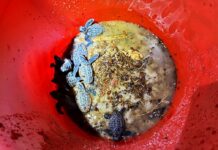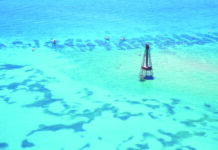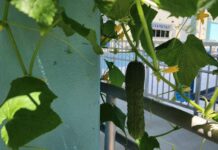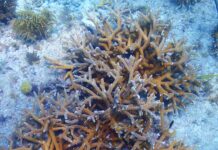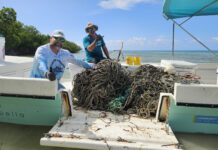I’ve been watching the declining condition of the environment in the Florida Keys since the ’70s, studying the science that tries to explain the problems and develops potential solutions since the ’90s, and listening to everyone’s opinions about what the Florida Keys National Marine Sanctuary should do about it for nearly 15 years. There are no easy answers, but almost all of us who live here agree that our home waters are truly unique and that our natural resources are extremely valuable. They enrich our lives in countless ways; literally, in the cases of commercial and charter fishermen, diving businesses and the like, but also for those of us who take pleasure in boating, fishing, diving and other ocean activities.
Most of us want the same things from the Sanctuary: a healthier environment and the opportunity to enjoy it, now and for future generations. That’s what Congress tried to ensure with the Florida Keys National Marine Sanctuary and Protection Act of 1990. “The purpose of this act is to protect the resources of the area … and to manage such human uses of the Sanctuary consistent with this act. Nothing in this act is intended to restrict activities that do not cause an adverse effect to the resources or property of the Sanctuary…”
I have fished, dived, boated, anchored and rested on sandbars without having an adverse effect on Sanctuary resources on a great many days. Other days though, I have unintentionally killed undersized fish, kicked corals with my fins, scarred seagrass meadows with my outboard motor, pulled corals and sponges up with my anchor, or frightened resting seabirds off sandbars. I’m one of the careful ones out there, but these things do happen.
More than a million boaters, divers, snorkelers and anglers use sanctuary waters every year. The majority has little or no local knowledge to keep themselves and our natural resources from harm. Look at the condition of the reefs and shallow seagrass meadows today versus 30 years ago when the sanctuary was established, and far fewer people were using its resources. Look at the photos, or better yet the scientific studies that show we’ve lost half the coral cover and nearly doubled the miles of propeller scarring in this timeframe.
I am 100 % onboard with others’ pleas for the Sanctuary to focus on water pollution originating within the sanctuary and from afar. I’m not hearing the same cries for attention to climate change challenges, but I believe they are on par and just as essential for the sanctuary to lead on. That said, complete solutions for these problems are not within the sanctuary’s direct control.
What can the sanctuary do then? Make boater education mandatory. Strive to field more law enforcement officers in partnership with state and local agencies. Install more mooring buoys and place channel markers in strategic locations where doing so will have more positives than negatives for natural resources. Lead and permit restoration efforts. Expand the sanctuary’s boundary as proposed.
Finally, get the rezoning right to help limit natural resource damage from local impacts. This should not eliminate any legal activity on or in the water, but it may limit where that activity takes place. Many members of our community have provided valuable advice about what “right” looks like through the public comment process. Whatever your comment may be, you must get it in before Jan. 31 for it to be considered by the sanctuary staff and advisory council. You can learn more at marinezoningworksforme.org.
- Chris Bergh, South Florida Program Manager for The Nature Conservancy
Chris Bergh was raised in Key West and has been living on Big Pine Key since 1999. He is the South Florida program manager for The Nature Conservancy, a member of the Sanctuary Advisory Council, and a member of the sanctuary’s Water Quality Protection Program Steering Committee.
The Restoration Blueprint is available at floridakeys.noaa.gov/blueprint. NOAA is taking public comment on the proposals through Jan. 31, 2020. Comments may be submitted online at www.regulations.gov (docket number NOAA-NOS-2019-0094).

